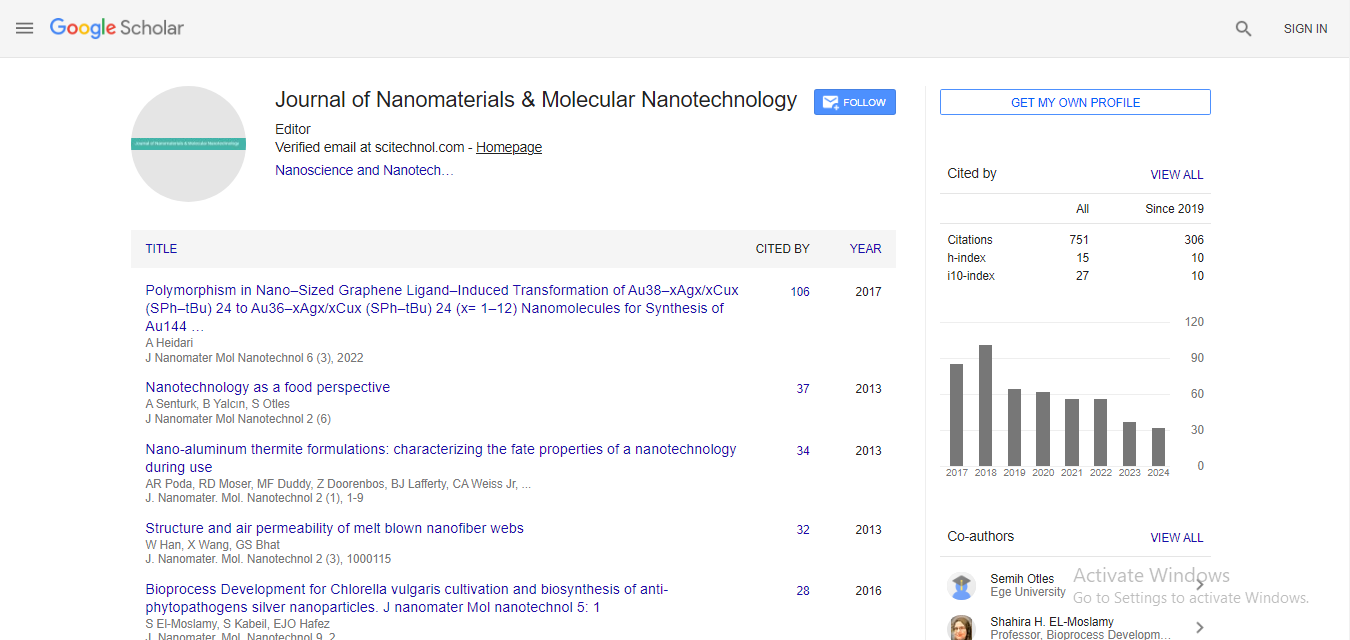Fast plasma sintering method for in-line manufacturing of ceramic-polymer battery separators
Veronika Medvecka, David Pavlinak, Dusan Kovacik, Juraj Surovcik and Mirko Cernak*
Comenius University, Czech Republic
: J Nanomater Mol Nanotechnol
Abstract
The separator has become a bottleneck restricting the safety and performance of rechargeable lithium-ion batteries. Already commercially used coatings of the polymeric separator fibres by inorganic ceramic materials can significantly improve the thermal stability and affinity for electrolyte. However, for a standard surface coating, the consistency of coating thickness is not easy to control, the microns thickness coating increases the thickness and mass of the separator, and the adhesion between the coating and the fibres is not strong enough. Alternatively, conformal inorganic nano layers with precise thickness control and uniformity can be deposited using advanced deposition techniques, such as ALD and in situ nano-encapsulation hydrolysis. However, the necessary use of vacuum enclosures and special chemicals is making such techniques highly expensive, time consuming and impractical. To solve this problem we fabricated electrospun core-shell polymer/ceramic (Al2O3, TiO2, ZnO) fibers submicron scale from precursor/polymer fiber mat by a simple and fast low-temperature plasma induced sintering method. The plasma sintering was made by a short (10 – 30 min.) exposure to a cold, but extremely high-power-density, ambient air plasma generated using the so-called, Diffuse Coplanar Surface Barrier Discharge (DCSBD). The technical simplicity, low-temperature approach and short plasma sintering times can open up new opportunities for facile in-line manufacturing of the ceramic-polymer separators.
 Spanish
Spanish  Chinese
Chinese  Russian
Russian  German
German  French
French  Japanese
Japanese  Portuguese
Portuguese  Hindi
Hindi 



